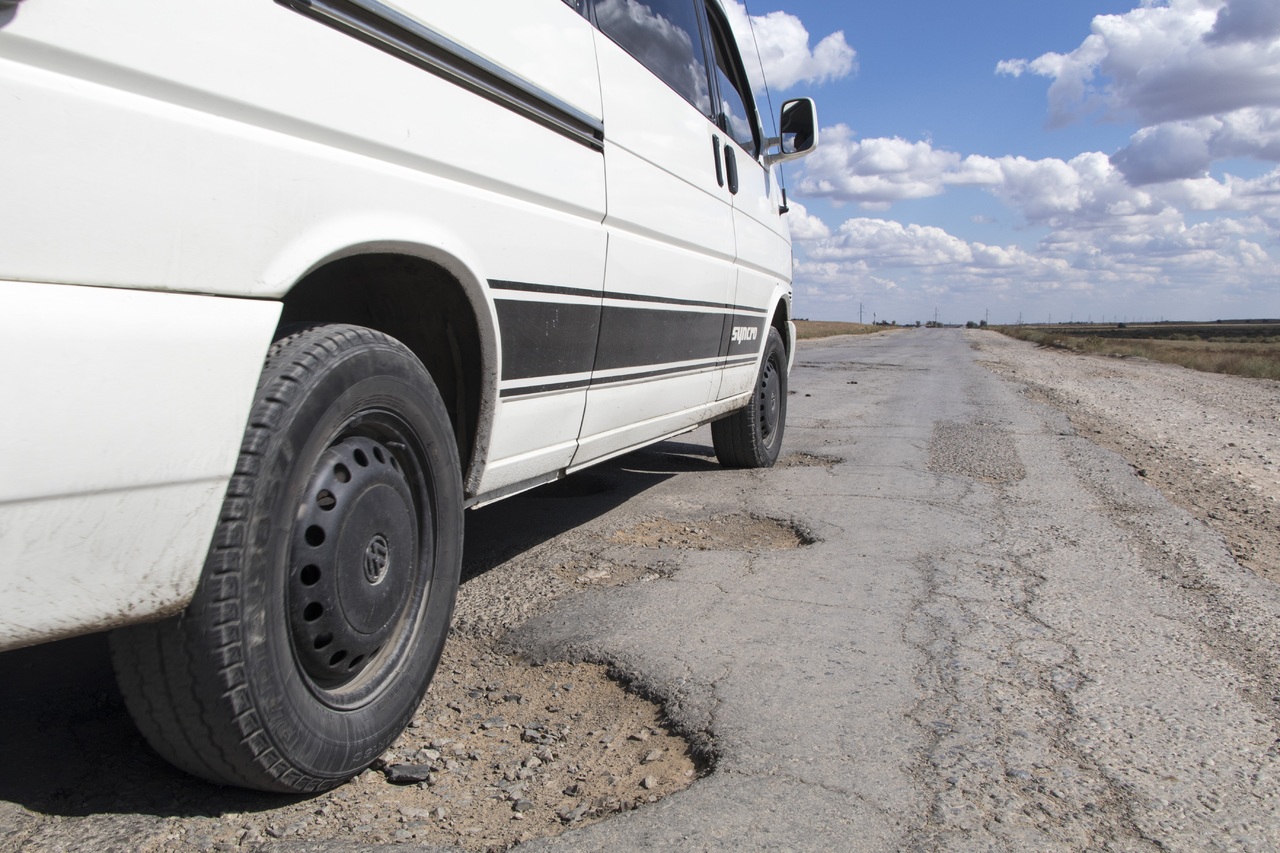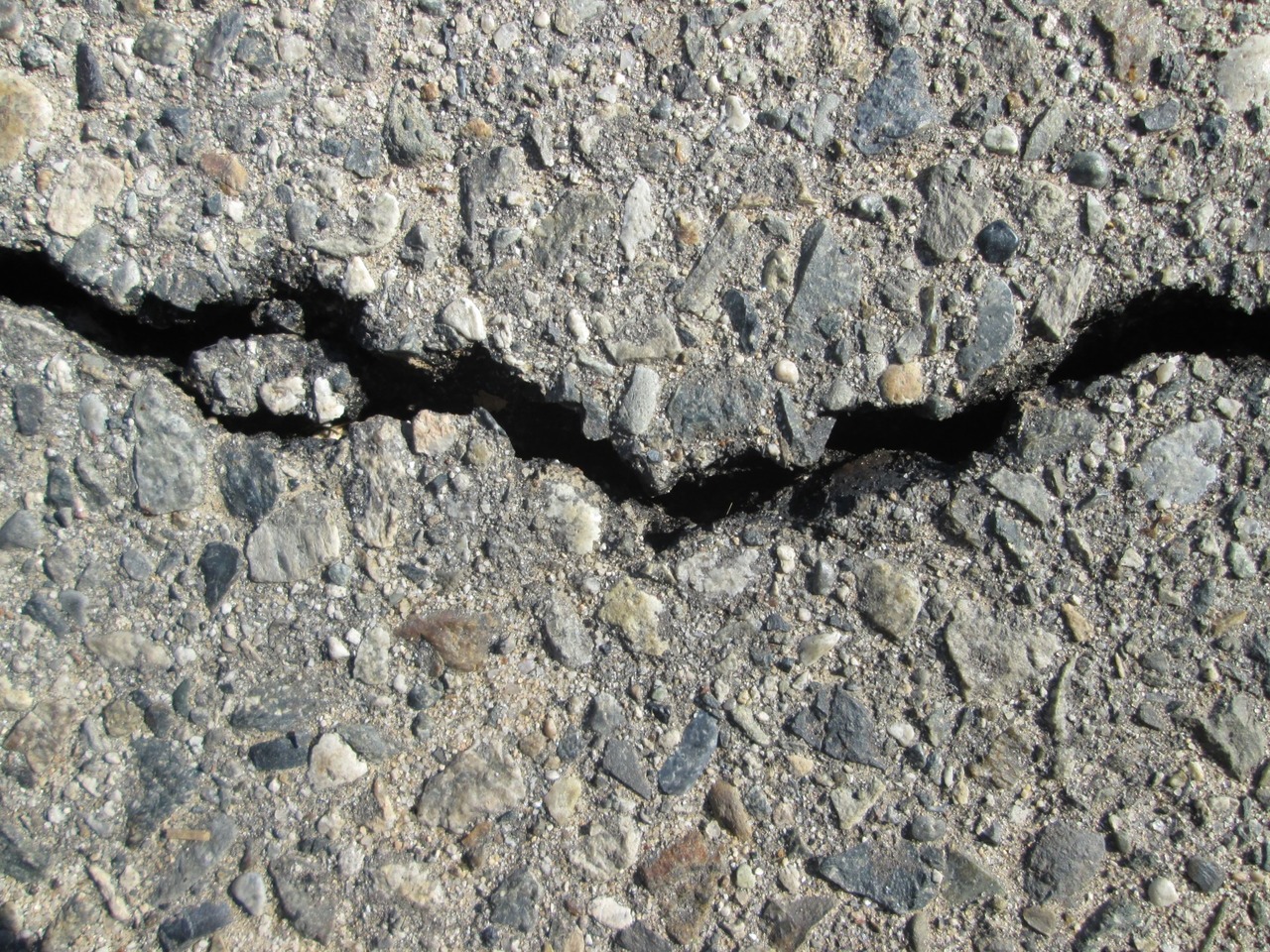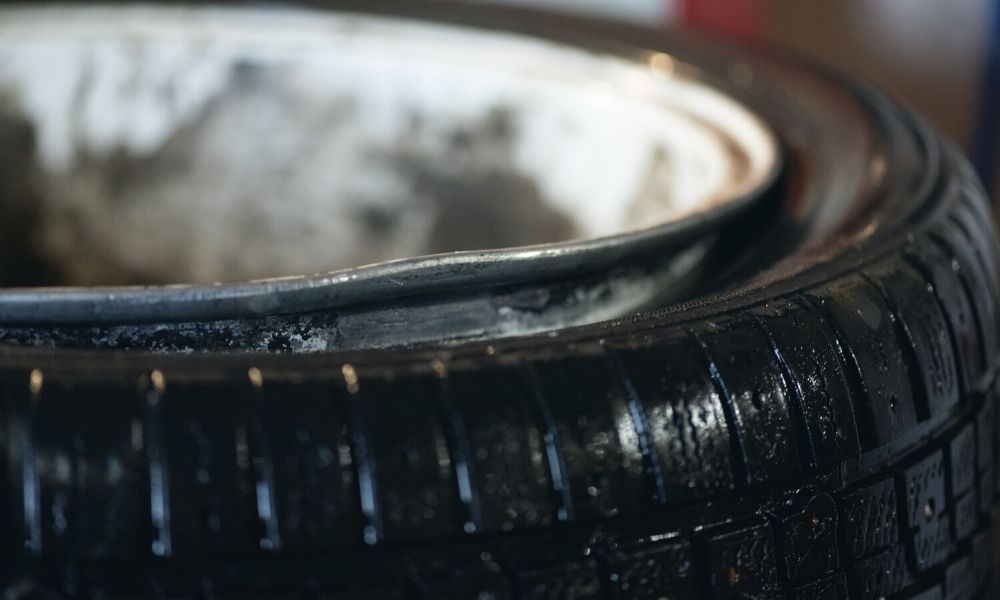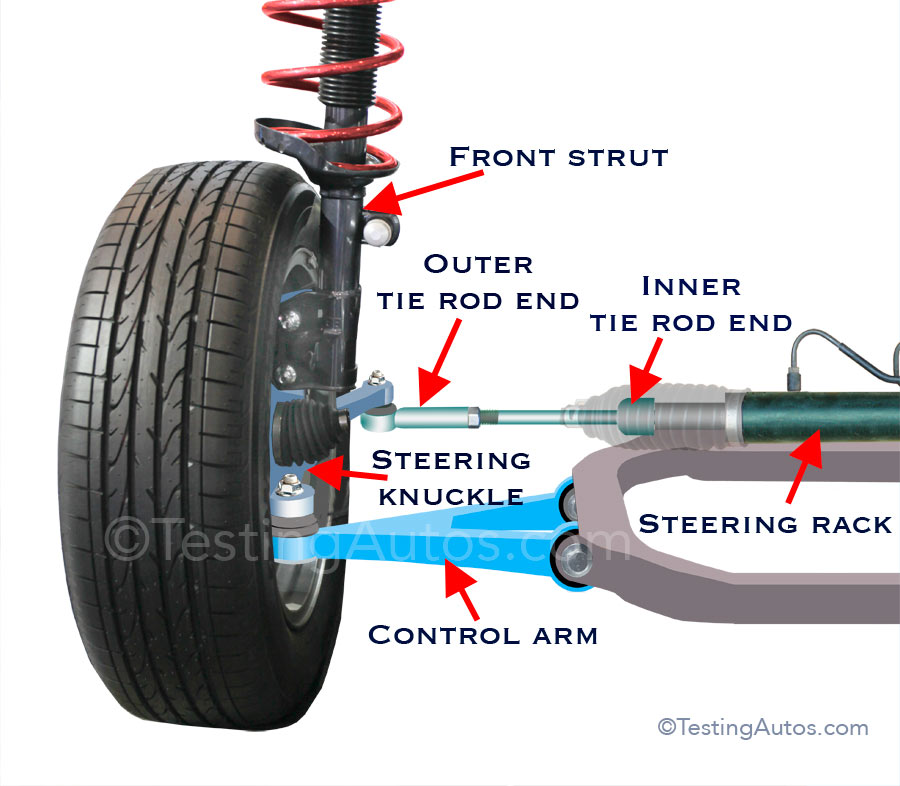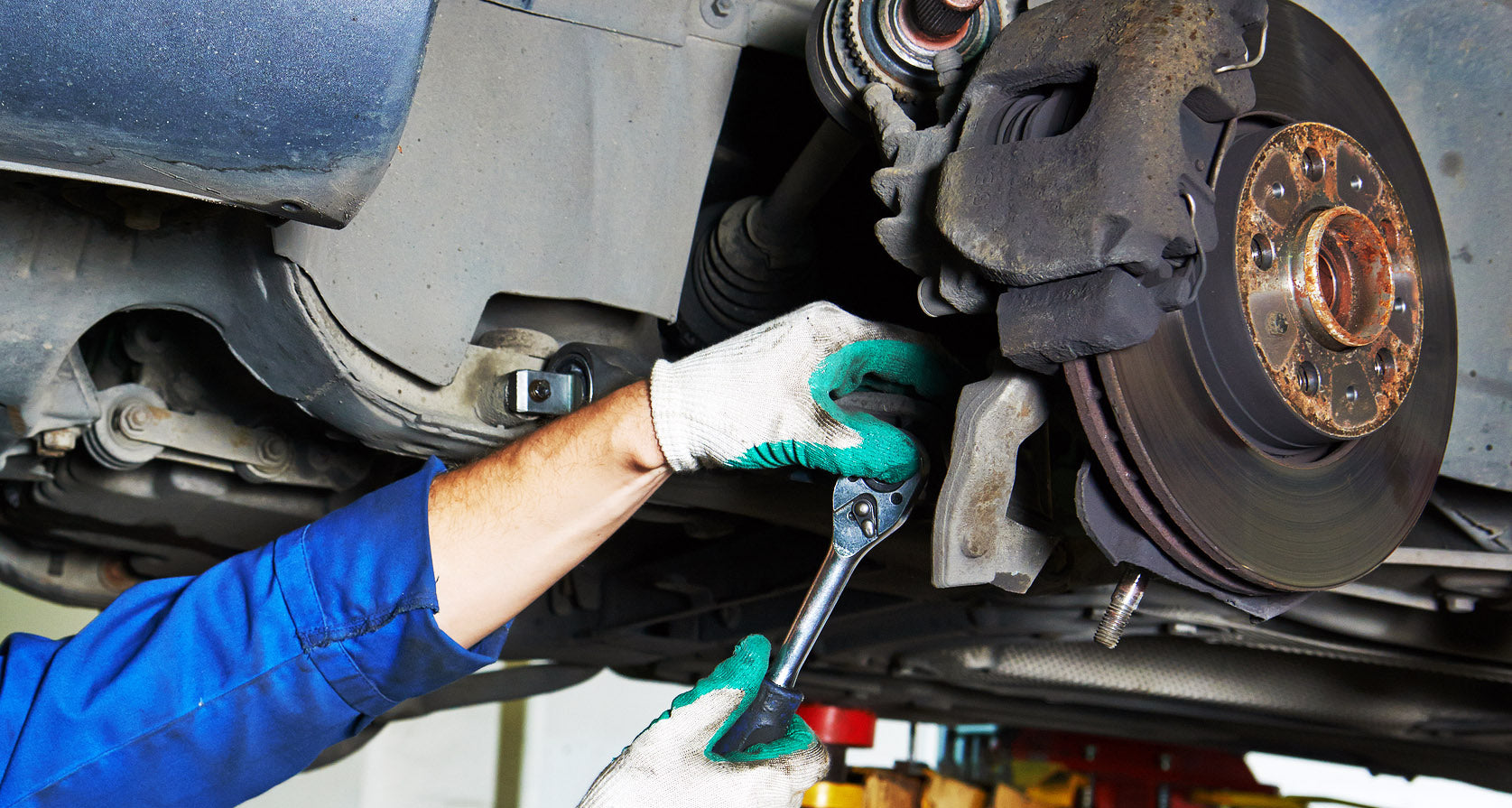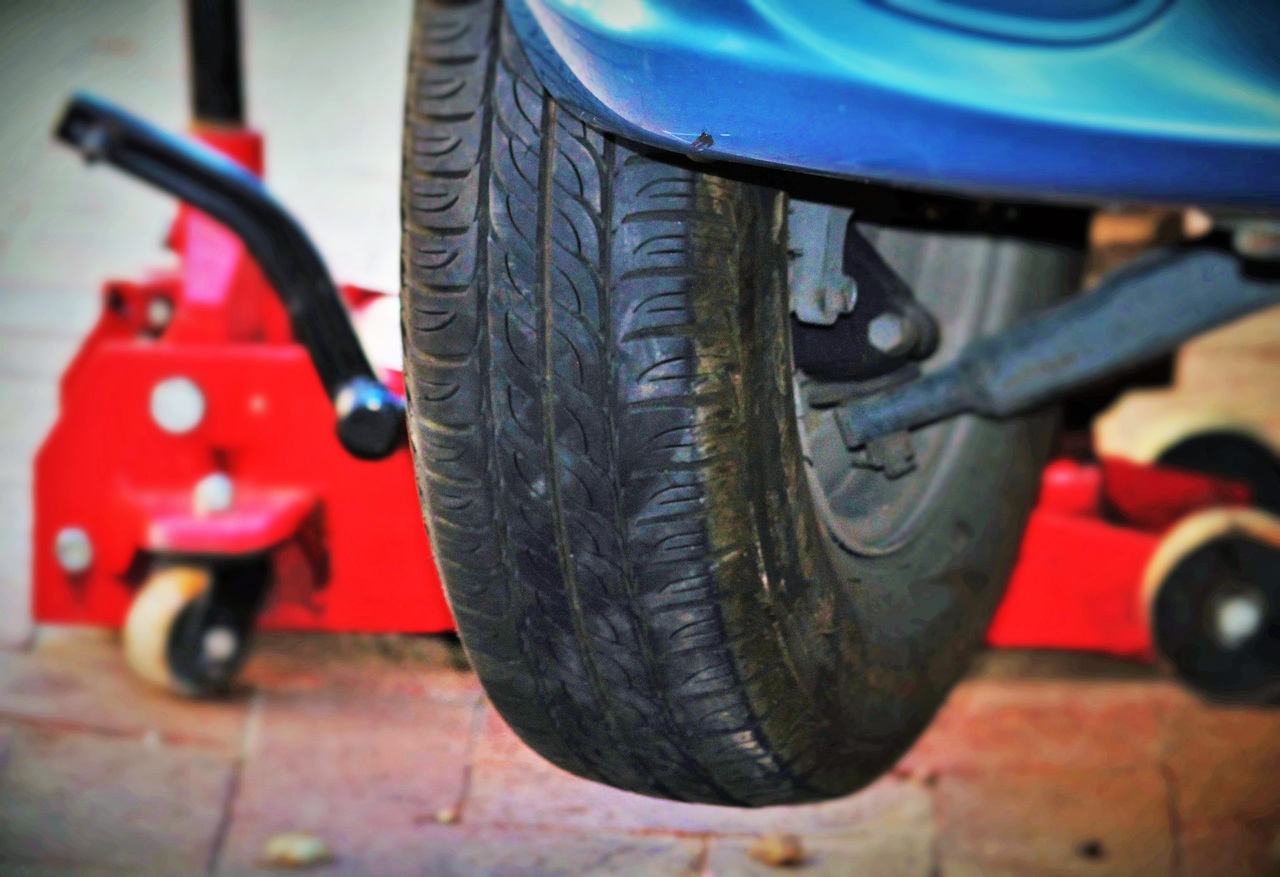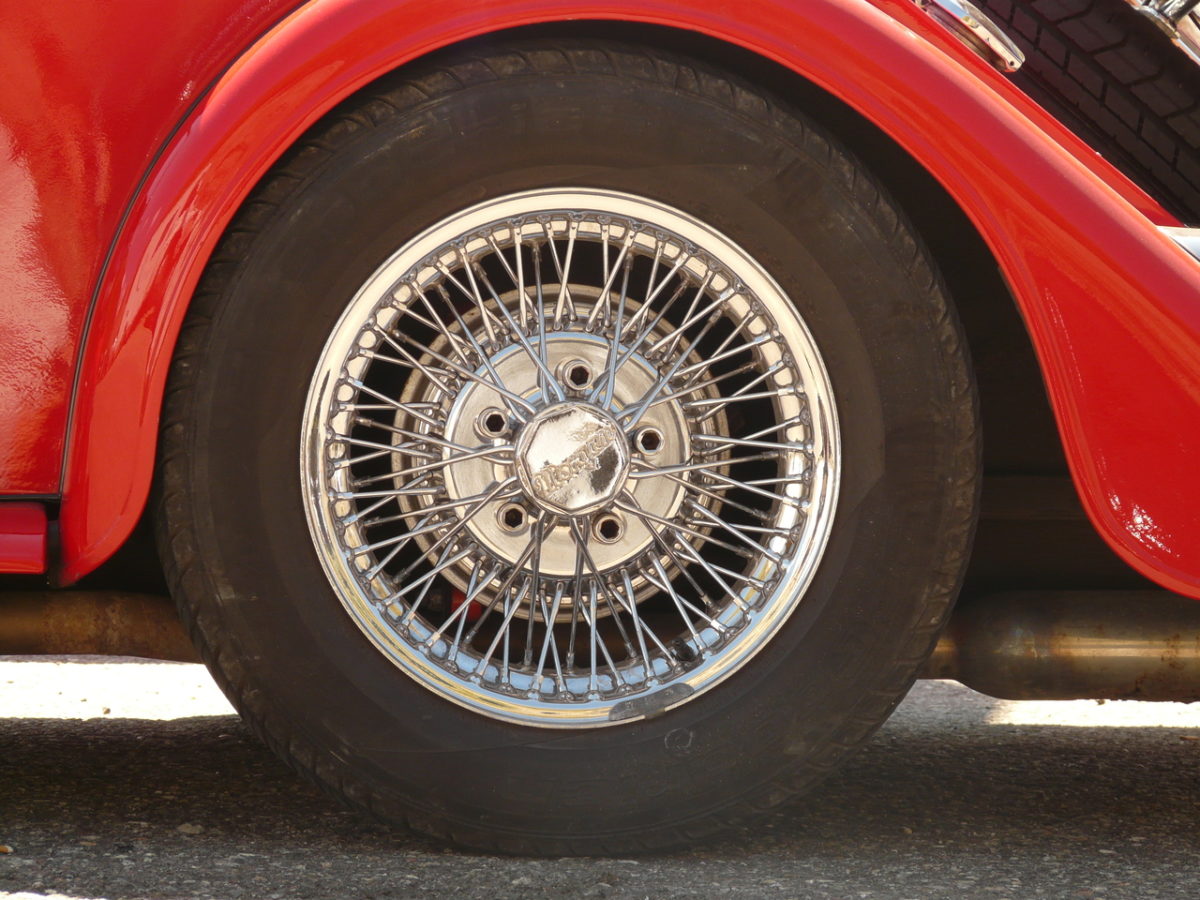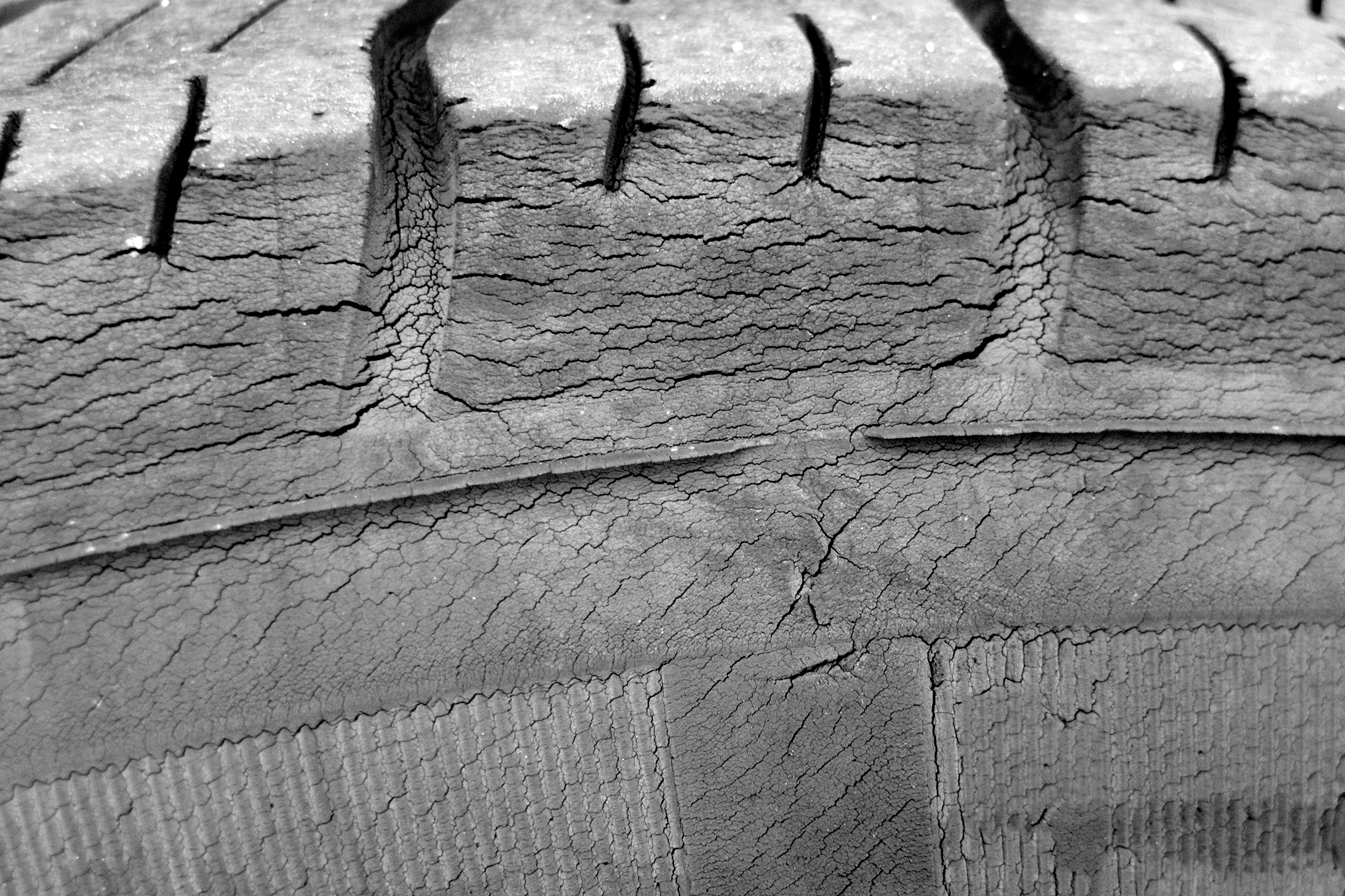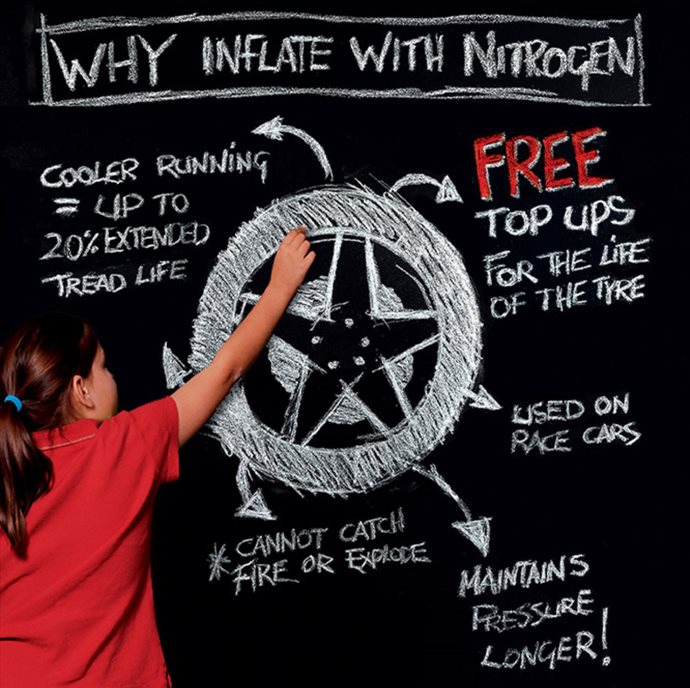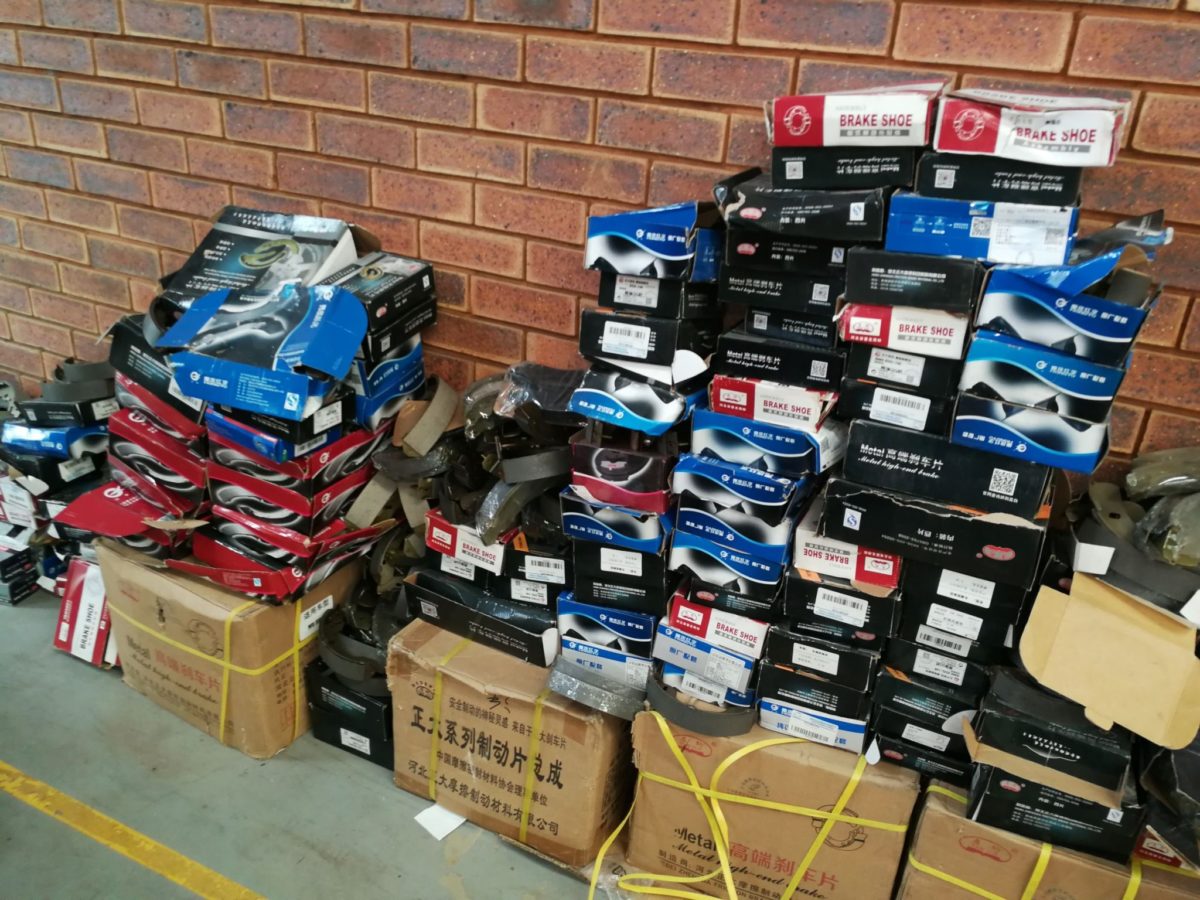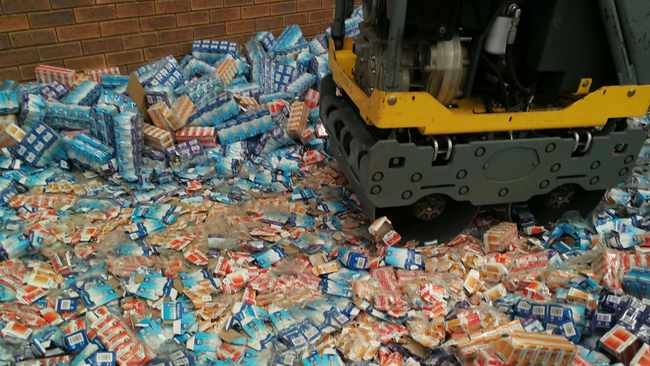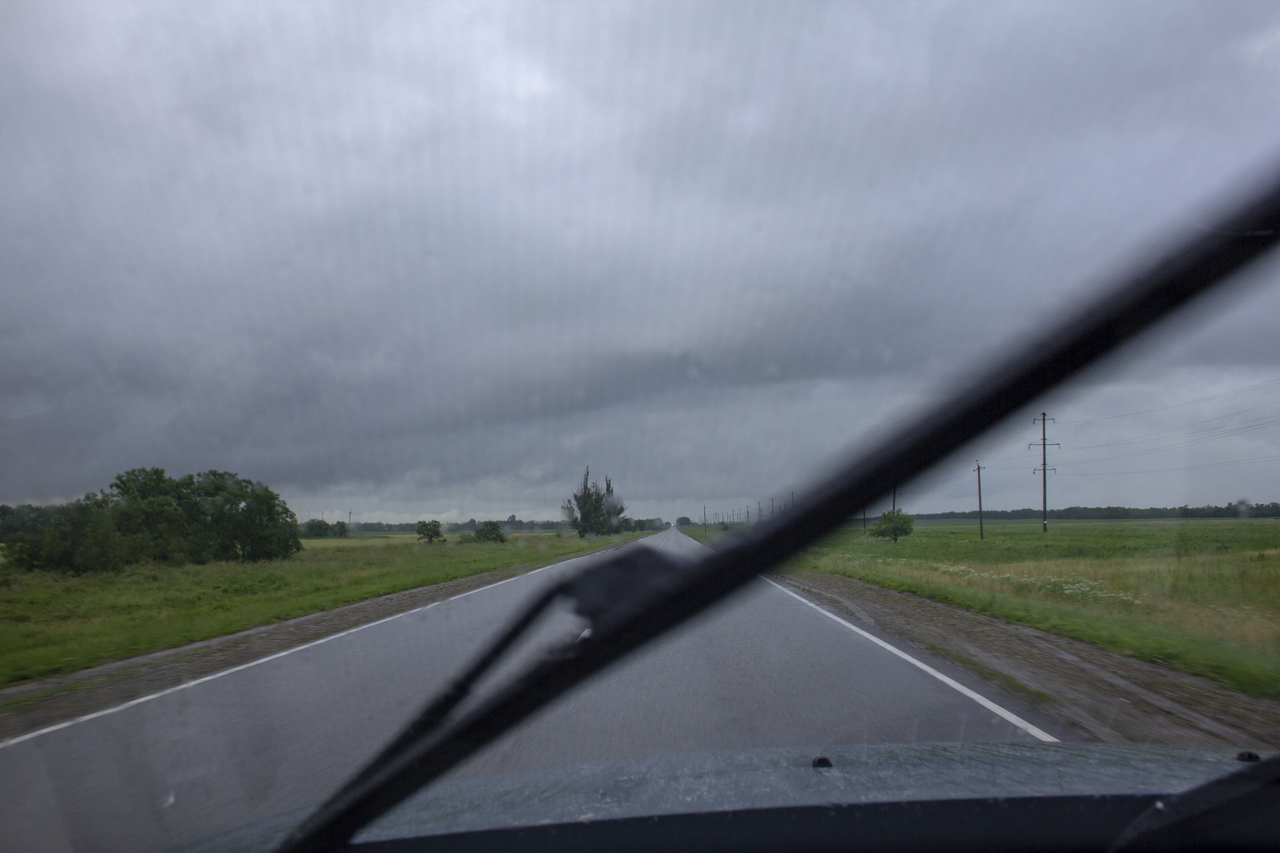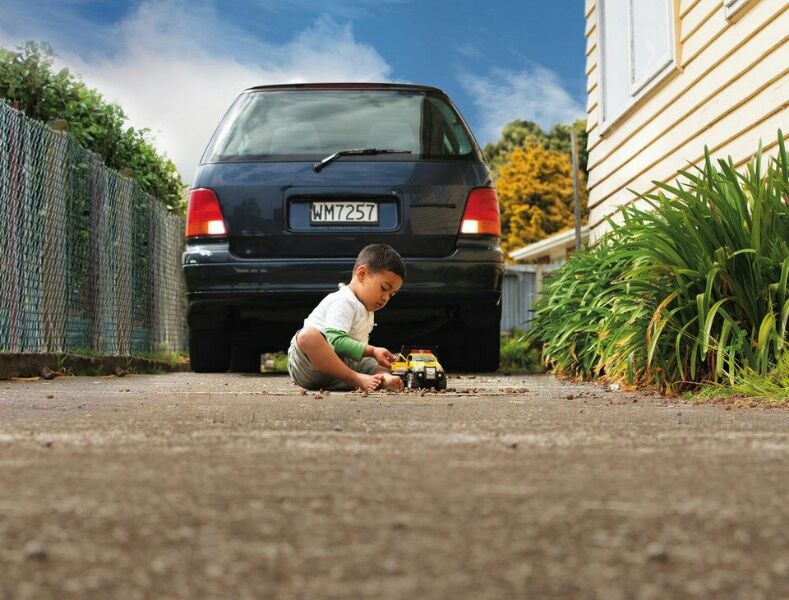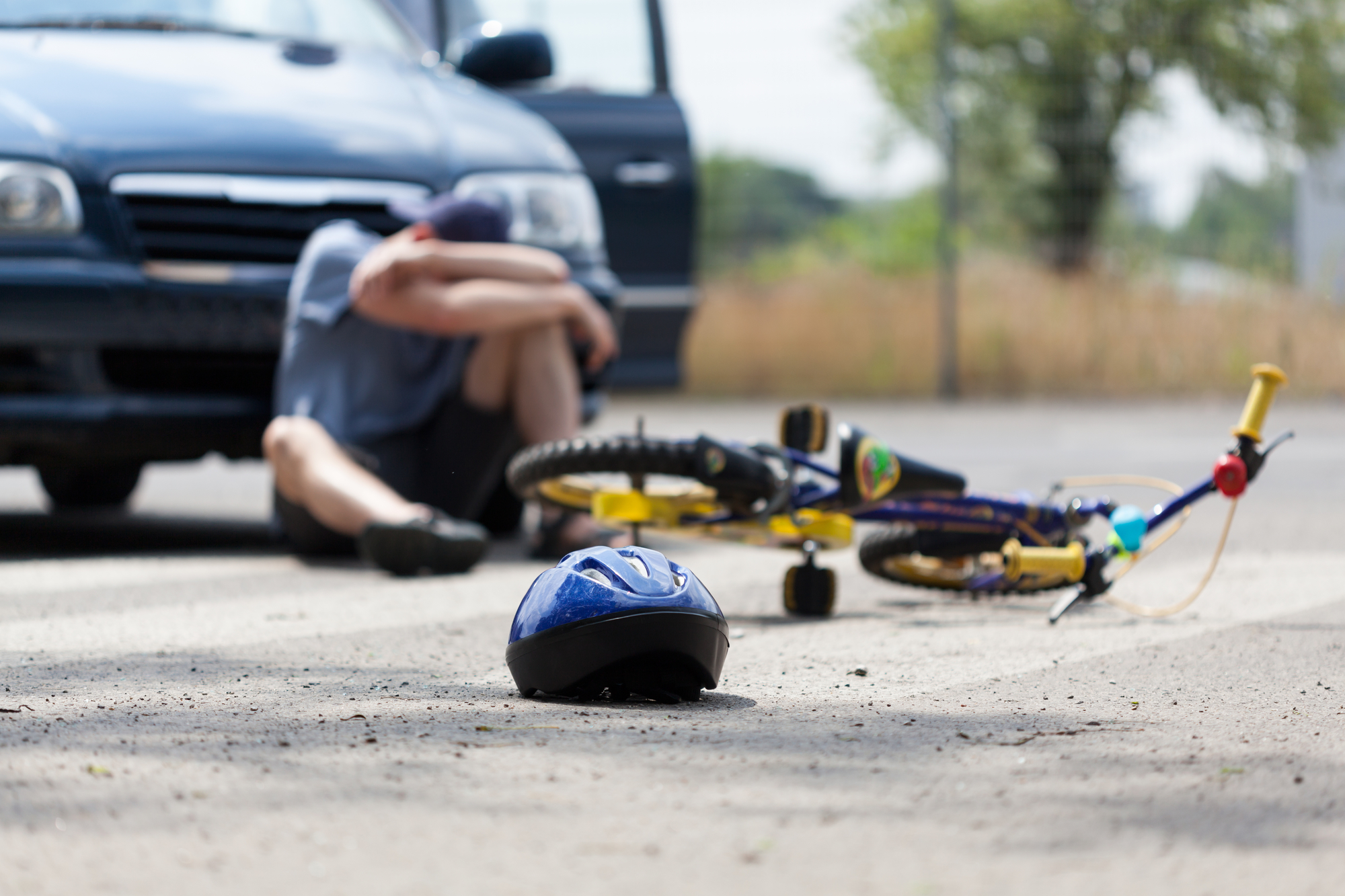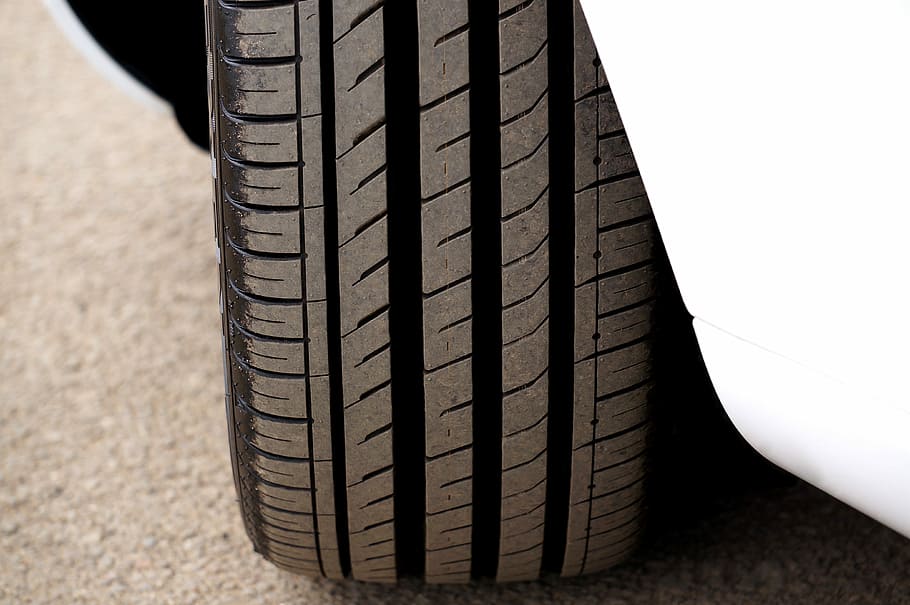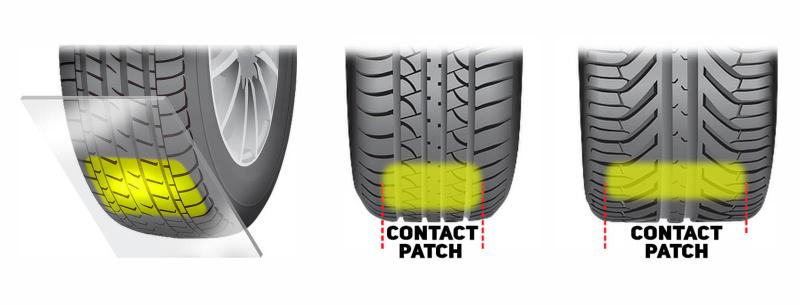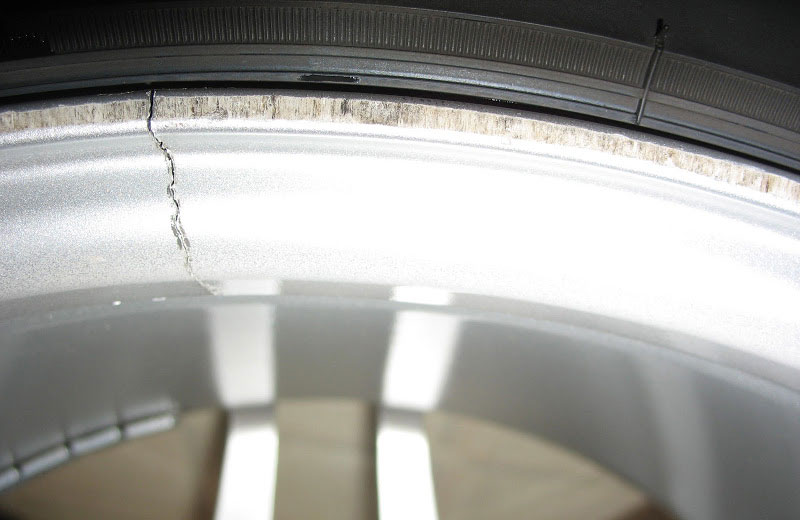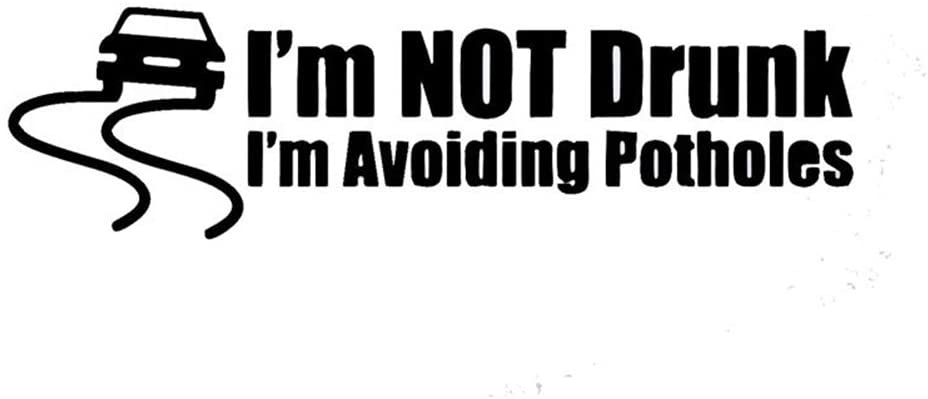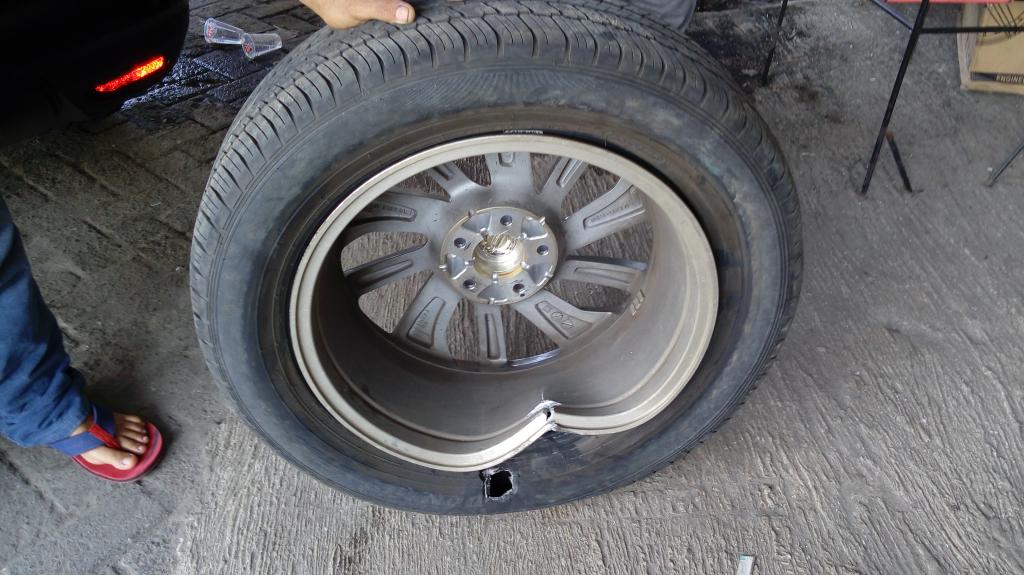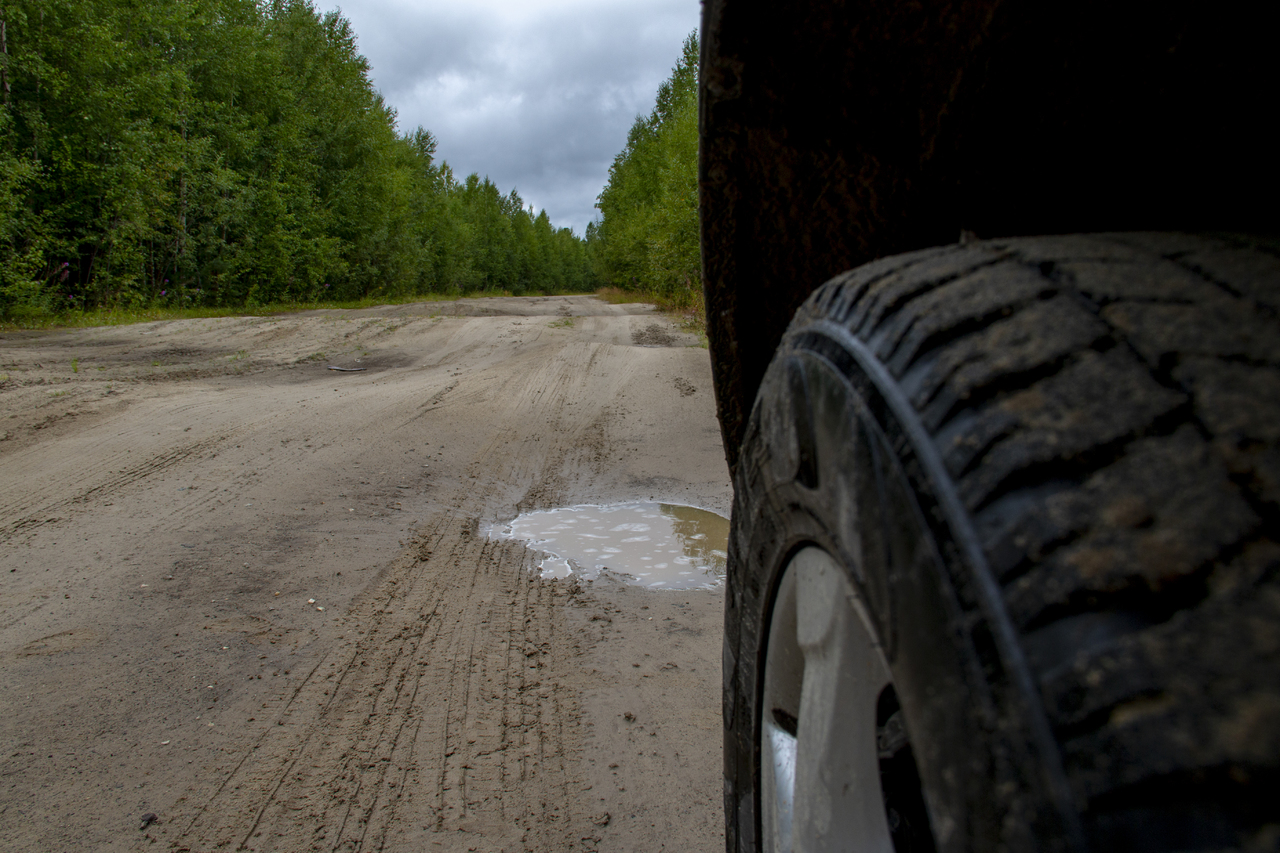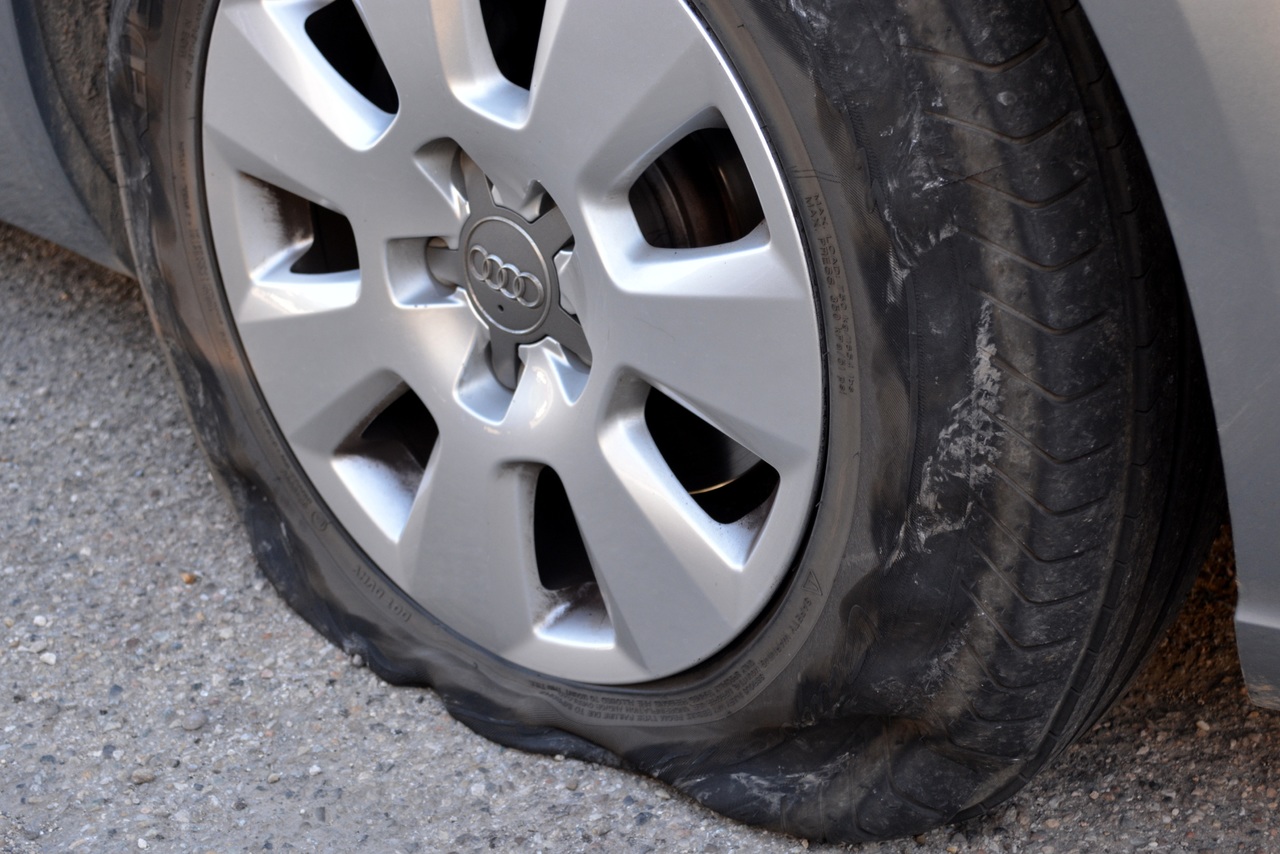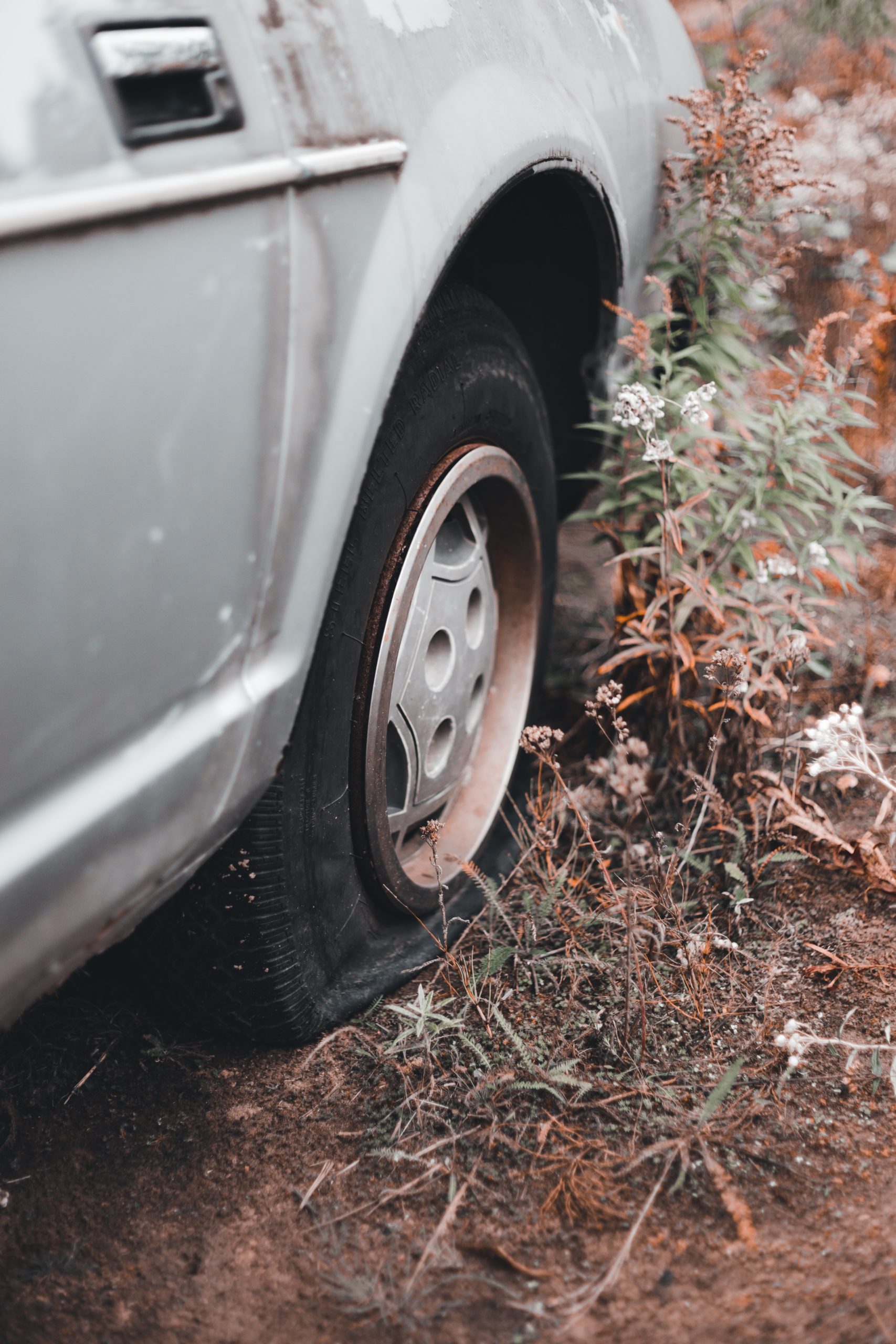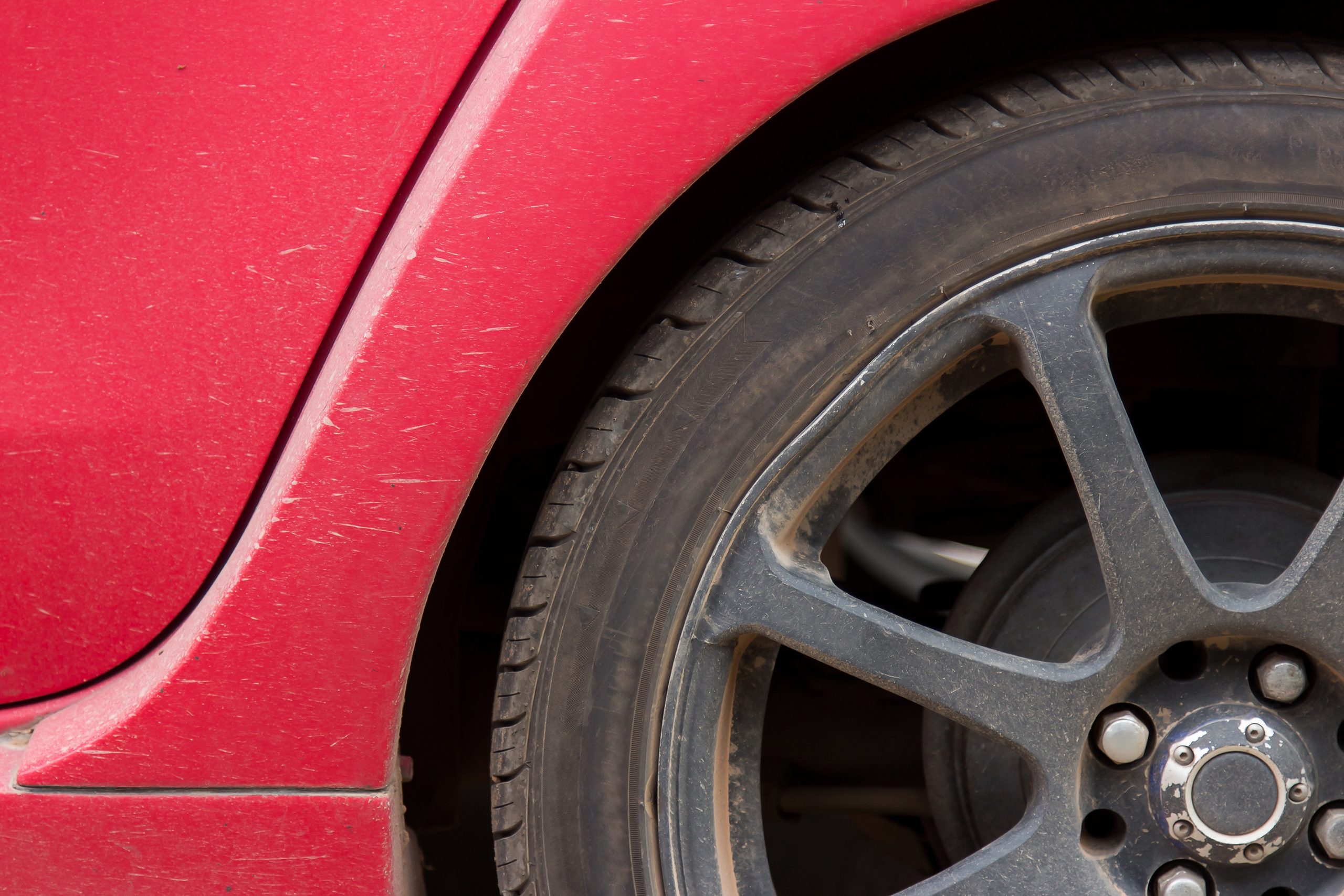What You Auto Know About Car Headlights
By Vuyi Mpofu
A car with only one functioning headlight is an annoyance to all road users and diminishes the proper visibility of its driver.
Being visible to other road users requires that both your headlights – driver’s and passenger’s side – are in good working order. Headlights are a basic safety feature and increase your ability to see where you are going and what is around you.

A couple of generations ago, car headlights worked similar to household lights and needed to be changed whenever the bulb burnt out. But, through the evolution of technology, the science behind headlights has progressed from the use of filament bulbs to something much more effective in the form of the following types of bulbs:
- Halogen
- High-Intensity Discharge (HID)
- Light Emitting Diode (LEDs)
How do these bulbs differ from one another?

Halogen
Halogen bulbs are the most commonly used bulbs in the vehicle industry. They are filled with halogen gas, hence the name.
Halogen bulbs are easy and cost-effective for manufacturers and car buyers to use and replace. They operate by tungsten filament which creates heat and light when a current flows through it. The halogen gas within the halogen bulbs prevent the bulb from turning black. For this reason, when the globe fails, sometimes there is a black mark on the side of the glass.
The shortcoming with halogen bulbs is that they are not as bright as other options and need a lot of energy to power up which puts a lot of pressure on the vehicle’s electrical system.

High-Intensity Discharge (HID)
HID headlight bulbs are much brighter than halogen lights and increase visibility substantially. The bulbs are filled with xenon gas which is ignited via an electric arc between two electrons inside the bulb.
High-intensity discharge bulbs first made an appearance in luxury sedans and high-priced sports cars but have steadily become more common in vehicles ranging from SUVs and bakkies to premium passenger cars.
The downside of high-intensity discharge bulbs is that they are costly to replace and can cause injury if not handled correctly.
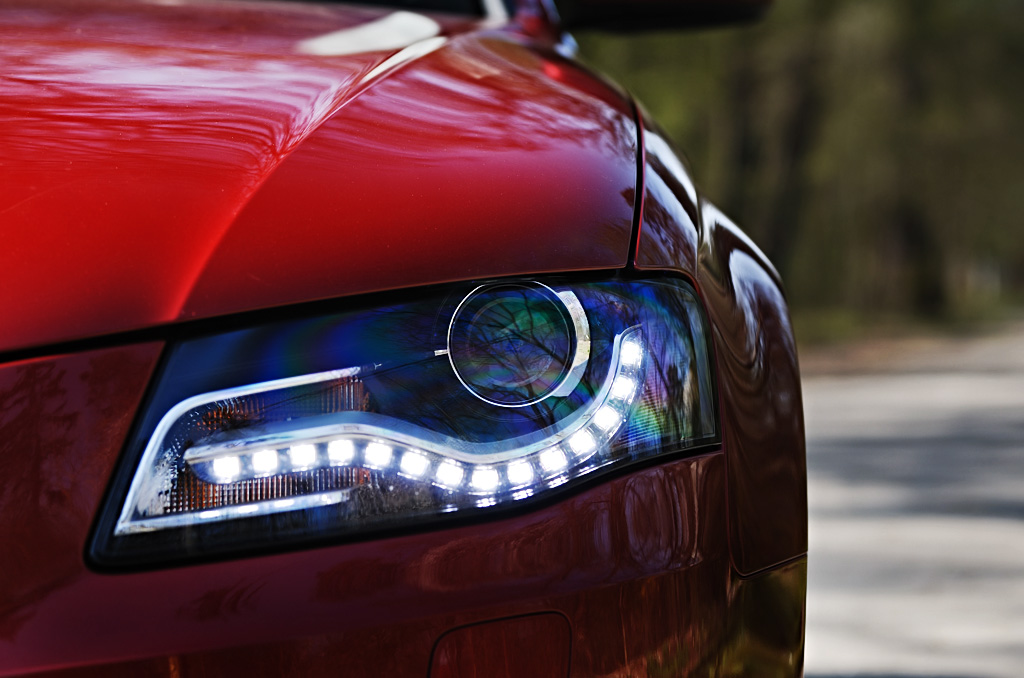
LED (Light Emitting Diode)
LED bulbs are the latest innovation in headlight technology. The LED headlight bulbs consist of numerous small ‘bulbs’, which light up when the voltage passes through them.
LED headlights are long-lasting and use considerably less energy than HIDs and halogen bulbs, while providing a substantial among of light.
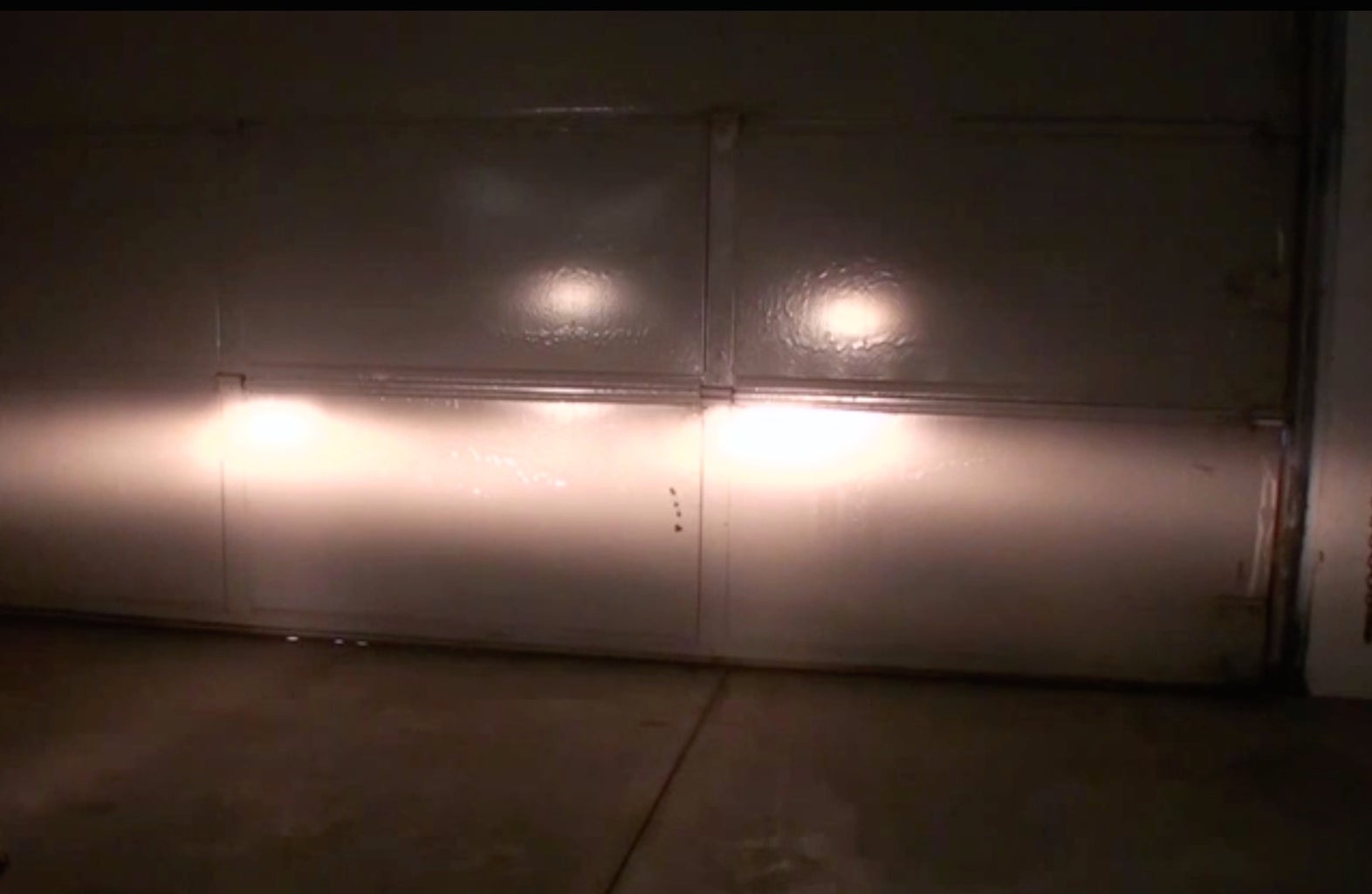
The simple truth is that you need both of your car’s headlights working at 100% to be safe on the road. If not, you become invisible to other road users, thereby putting all road users – yourself included – at risk.
Park in front of your garage door with the headlights on and flick between the switch between dim and bright to ensure that the lights work well in either mode. Should you suspect that your headlights aren’t working the way they should, have them looked over by a qualified technician as soon as possible.


